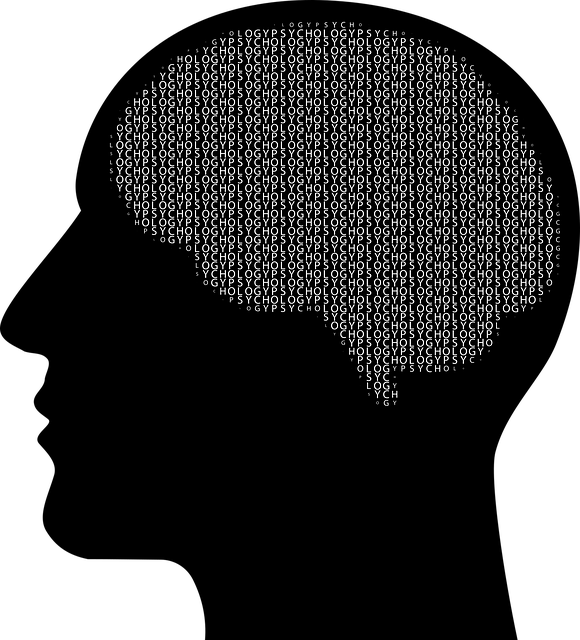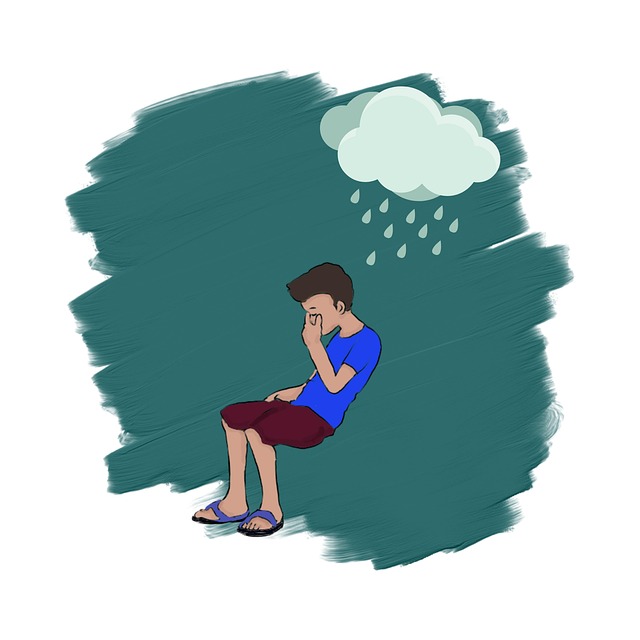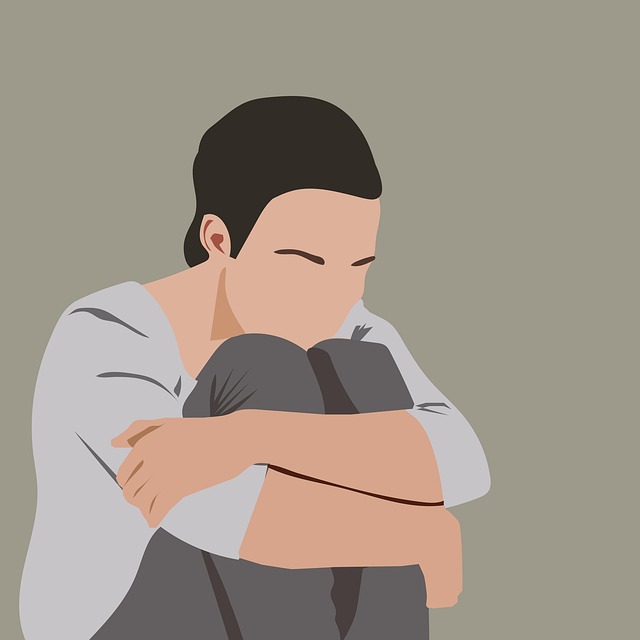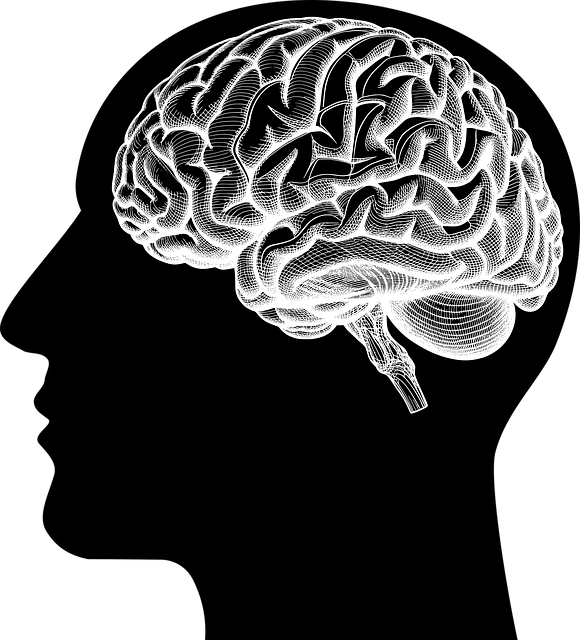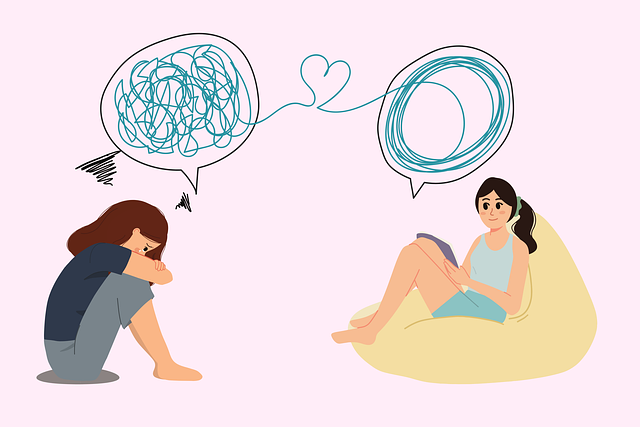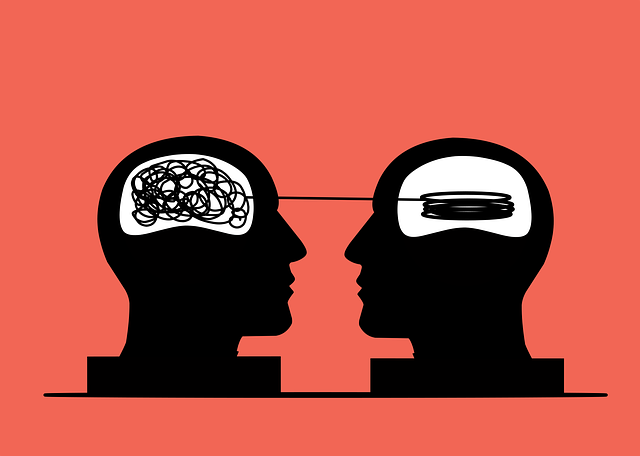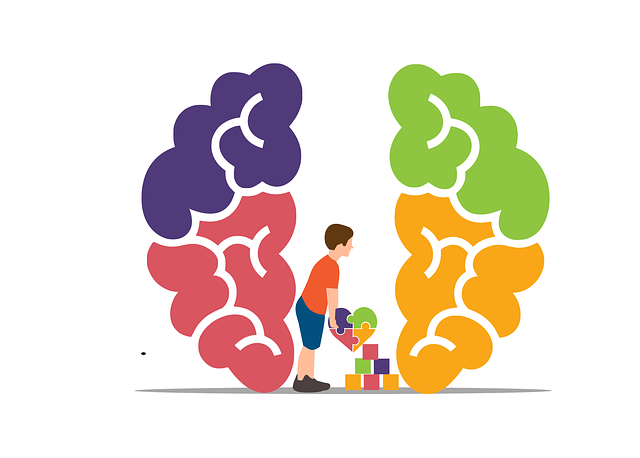In today's diverse society, mental healthcare professionals must prioritize cultural understanding to deliver effective therapy. Cultural factors significantly influence perceptions and treatments of mental illness, including unique interpretations of superior phobias shaped by historical experiences. Challenges such as language differences and cultural taboos hinder access to culturally sensitive care, leading to miscommunication and delayed help-seeking. Organizations offering culture-specific programs break these barriers and promote understanding. Superior phobias therapy requires professionals to navigate complex personal and societal influences, create safe spaces, and tailor self-awareness exercises to individual cultural contexts. Studies show that integrating cultural aspects into therapy improves outcomes, enhances self-esteem, reduces symptoms, and fosters a sense of belonging, ultimately bolstering resilience.
In today’s diverse society, cultural sensitivity in mental healthcare is paramount. Understanding cultural diversity shapes effective treatment approaches, breaking down barriers that often prevent individuals from accessing quality care. This article explores these nuances, focusing on phobia therapy as a case study. We delve into the impact of cultural factors on mental health, uncover barriers to access, and present successful strategies for providing superior phobias therapy tailored to diverse communities. Case studies highlight effective integration of cultural sensitivity in treatment, demonstrating its transformative power.
- Understanding Cultural Diversity and its Impact on Mental Health
- Barriers to Accessing Culturally Sensitive Healthcare
- Strategies for Providing Effective Phobia Therapy in a Diverse Society
- Case Studies: Successful Integration of Cultural Sensitivity in Phobia Treatment
Understanding Cultural Diversity and its Impact on Mental Health

In today’s diverse society, understanding cultural diversity is paramount in mental healthcare practice. Recognizing and appreciating different cultural backgrounds, traditions, and values can significantly impact the delivery of effective therapy. Mental health professionals must be aware that cultural factors influence not only an individual’s perception of mental illness but also their treatment preferences and responses. For instance, certain communities may have unique interpretations of superior phobias, shaped by their historical experiences and societal norms. This cultural context is crucial in tailoring therapeutic approaches to meet the specific needs of each client.
Self-awareness exercises and mental illness stigma reduction efforts play a vital role in fostering an inclusive environment. Professionals should engage in continuous self-reflection to identify potential biases and enhance their cultural sensitivity. By doing so, they can create safe spaces that encourage open discussions about mental wellness, thereby promoting effective treatment outcomes across diverse populations.
Barriers to Accessing Culturally Sensitive Healthcare

Accessing culturally sensitive mental healthcare can be hindered by several barriers. Many individuals from diverse cultural backgrounds face challenges due to language differences, where finding therapists who speak their native tongue or have a deep understanding of their cultural nuances is essential for effective treatment but often difficult to locate. This linguistic gap can lead to miscommunication and mistrust, making it harder for patients to open up and share their experiences honestly.
Additionally, cultural taboos surrounding mental health issues create barriers. Some communities may not recognize or acknowledge psychological struggles, attributing them to spiritual or familial problems instead. This lack of awareness often delays individuals from seeking professional help, especially when they fear judgment or stigmatization. Even when patients are willing to seek therapy, finding practitioners who respect and appreciate their cultural values and beliefs can be a challenge, potentially leading to inferior phobias therapy outcomes. Organizations offering stress management workshops and mindfulness meditation programs that cater to diverse cultures play a vital role in breaking these barriers, fostering understanding, and promoting confidence-boosting strategies within marginalized communities.
Strategies for Providing Effective Phobia Therapy in a Diverse Society

In a diverse society, providing effective phobia therapy requires cultural sensitivity and an understanding of the unique experiences of each patient. Mental health professionals must be adept at navigating the complex web of personal beliefs, backgrounds, and societal influences that shape individuals’ perceptions of fear and anxiety. This involves going beyond surface-level awareness to foster genuine mental health awareness and cultivate a safe, non-judgmental space where patients feel empowered to explore their fears openly.
One powerful strategy is incorporating self-awareness exercises tailored to the patient’s cultural context. By integrating practices that resonate with their heritage, professionals can facilitate deeper understanding and healing. For example, mindfulness techniques rooted in Eastern philosophies or narrative therapy approaches drawing from indigenous storytelling traditions might prove more effective than universal, Western-centric methods. Additionally, addressing the mental illness stigma reduction efforts within diverse communities is vital to fostering trust and encouraging individuals to seek help without fear of discrimination or ostracization.
Case Studies: Successful Integration of Cultural Sensitivity in Phobia Treatment

In the realm of mental healthcare, cultural sensitivity is a game-changer that can significantly enhance the effectiveness of phobia treatment. Case studies have shown that integrating cultural considerations into therapy sessions for superior phobias therapy results in remarkable outcomes. For instance, a study focusing on a diverse patient population with specific cultural backgrounds revealed that tailoring treatments to include elements from their ethnic traditions and beliefs led to improved self-esteem improvement and reduced symptoms. The approach not only addressed the individual’s fear but also fostered a sense of belonging and acceptance, ultimately enhancing their resilience building capabilities.
This successful integration involves understanding the patient’s cultural context, including their values, practices, and community norms. Therapists can employ this knowledge to develop strategies that align with the patient’s identity, making treatment more accessible and meaningful. By incorporating traditional healing methods and tailoring stress reduction techniques to suit diverse needs, mental health professionals can offer comprehensive care. This approach not only respects cultural diversity but also empowers individuals to overcome their phobias while preserving their sense of cultural identity.
In conclusion, integrating cultural sensitivity into mental healthcare practices is paramount for delivering effective treatment, especially in a diverse society. By understanding the impact of cultural diversity on mental health and overcoming barriers to access, mental health professionals can provide superior phobias therapy tailored to each individual’s unique cultural background. The strategies and case studies presented offer valuable insights into navigating these complexities, ultimately fostering more inclusive and successful therapeutic outcomes.

